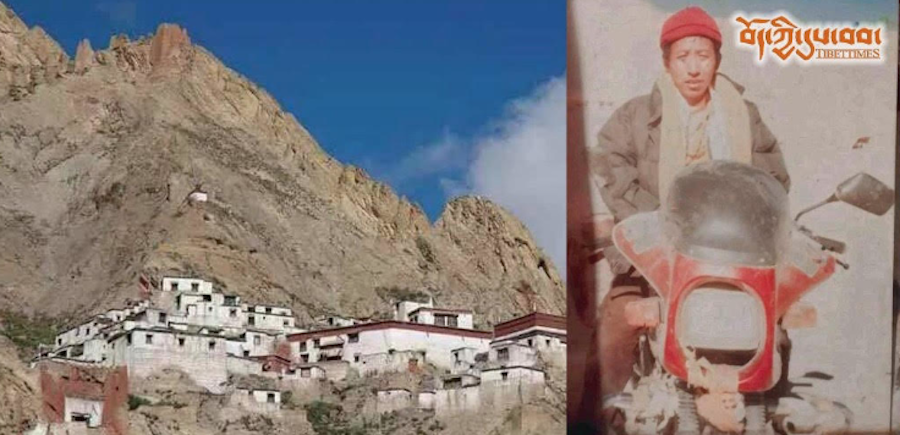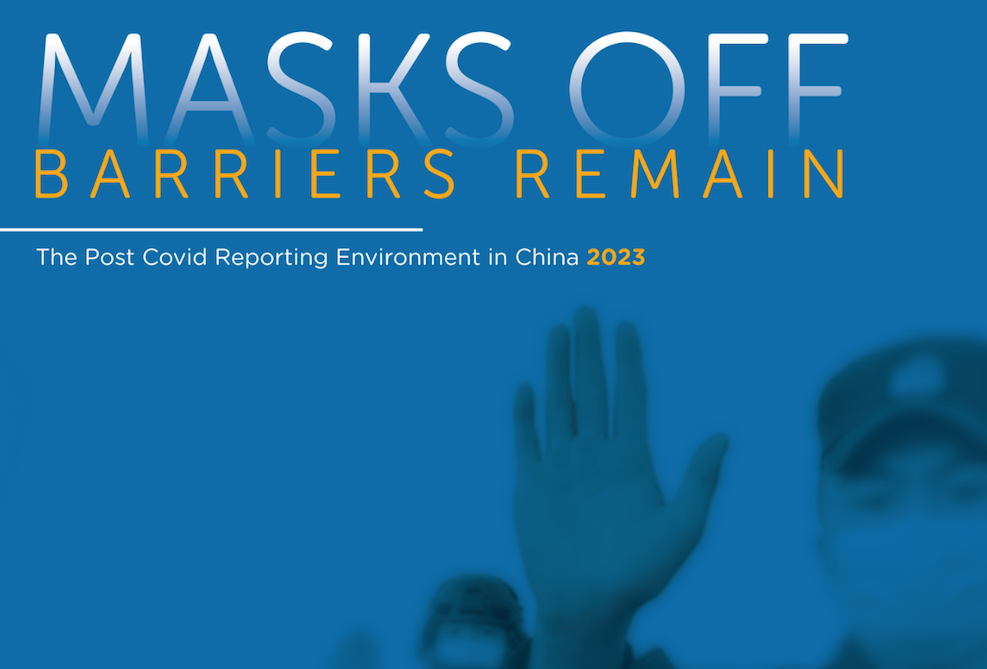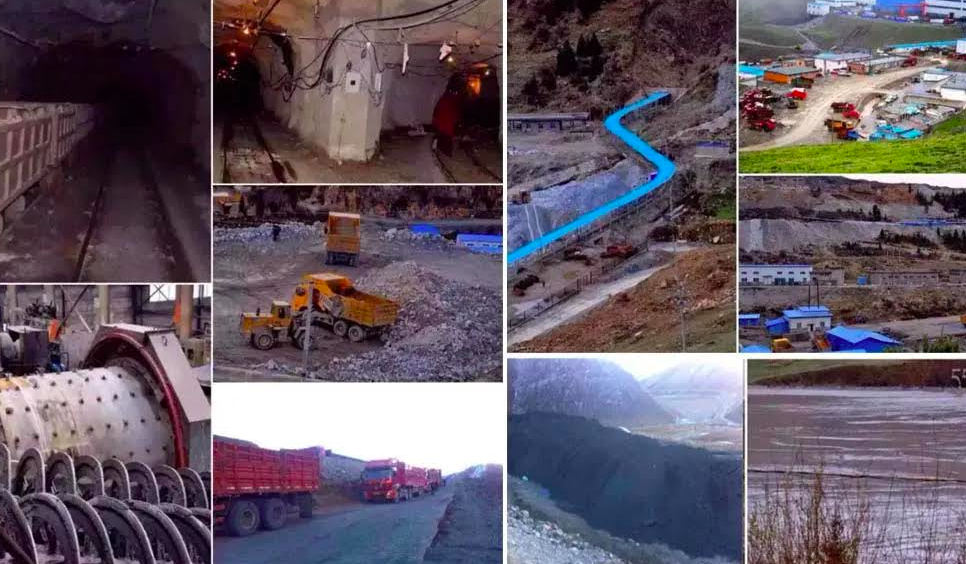By Lucy Mallows
The Hopp Museum collection has shown two significant exhibitions of Tibetan art in the last 10 years.
The Lamaista Sculpture exhibition had great success in 1990, showing small statues.
In 1995, within the framework of the Buddhist art series, the Hopp Ferenc Museum put on an exhibition of Tibetan painting entitled Tibeti es mongoli buddhista tekercskepek (Tibetan and Mongolian roll paintings) also with great success.
Catalogues were prepared to accompany both exhibitions, and these are to this day the only comprehensive overview of Tibetan Buddhist art written in Hungarian.
The closing event of the 1995 exhibition was the creation of a sand mandala, and Tibetan monks were invited to Budapest especially to prepare this beautiful work of art.
A few years later, the Applied Arts museum staged a similar event, which proved the success of the idea and the interest that exists in Hungary for the culture of distant lands, especially those with links to ancient Magyar history.
The exhibition now showing at the Hopp Ferenc Museum is unique even on the international scene. It aims to show in a visual sense objects of folk religion and the cults, almost unknown until now. It omits the more frequently encountered and better known aspects of Tibetan Buddhist art such as the gilded small statues and the thangas or painted roll pictures.
In different rooms, the museum shows the different levels of Tibetan folk religion. In the first room, it displays mainly objects connected to luck, success, well-being and good living (wealth) with a selection of prayer flags and roll pictures.
In the foyer are Tibetan coins and paper money, including a beautifully-worked five Karma coin made from silver. There are also connections with Tibetan astrology and examples of the astrological charts predicting a person’s future.
The second room is filled with amulets and cult tools connected with prayers. The third room is a pantheon of folk religion.
On the wall is a series of terrifying figures.
The grand finale is saved for the fourth room which displays the museum’s unique collection of pages from sacred Mongolian books, illustrated with stunning – and quite terrifying – pictures of the Mongolian concept of Hell.
Also woodcuts from the Akademia Library’s collection.
The Hopp Museum intends to organize an event, similar to the preparation of the sand Mandala. This will be the creation of a string cross to ward off evil forces (a mdos)
The Hopp Museum has spent many years restoring the series of small ‘intention’ pictures, small and larger amulets pressed onto paper on which a person writes down his or her (good) intention and then attempts to keep.
The exhibition has been supplemented with items from the Ethnographical Museum and the Academic Library and by several different private collections.
The items shown are listed in Hungarian and English, although large tracts of explanatory text by the door to each room are only in Hungarian.
A catalogue was due to be published some time after the opening.
Demons and Protectors
Folk Religion in Tibetan and Mongolian Buddhism
Hopp Ferenc Museum of Eastern Asiatic Arts
VI. Andrassy ut 103
Tel: 322-8476
Open Tues-Sun 10am-6pm
Until October 30









